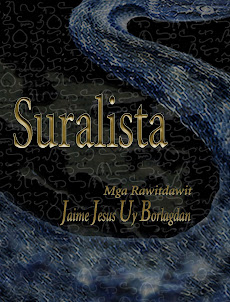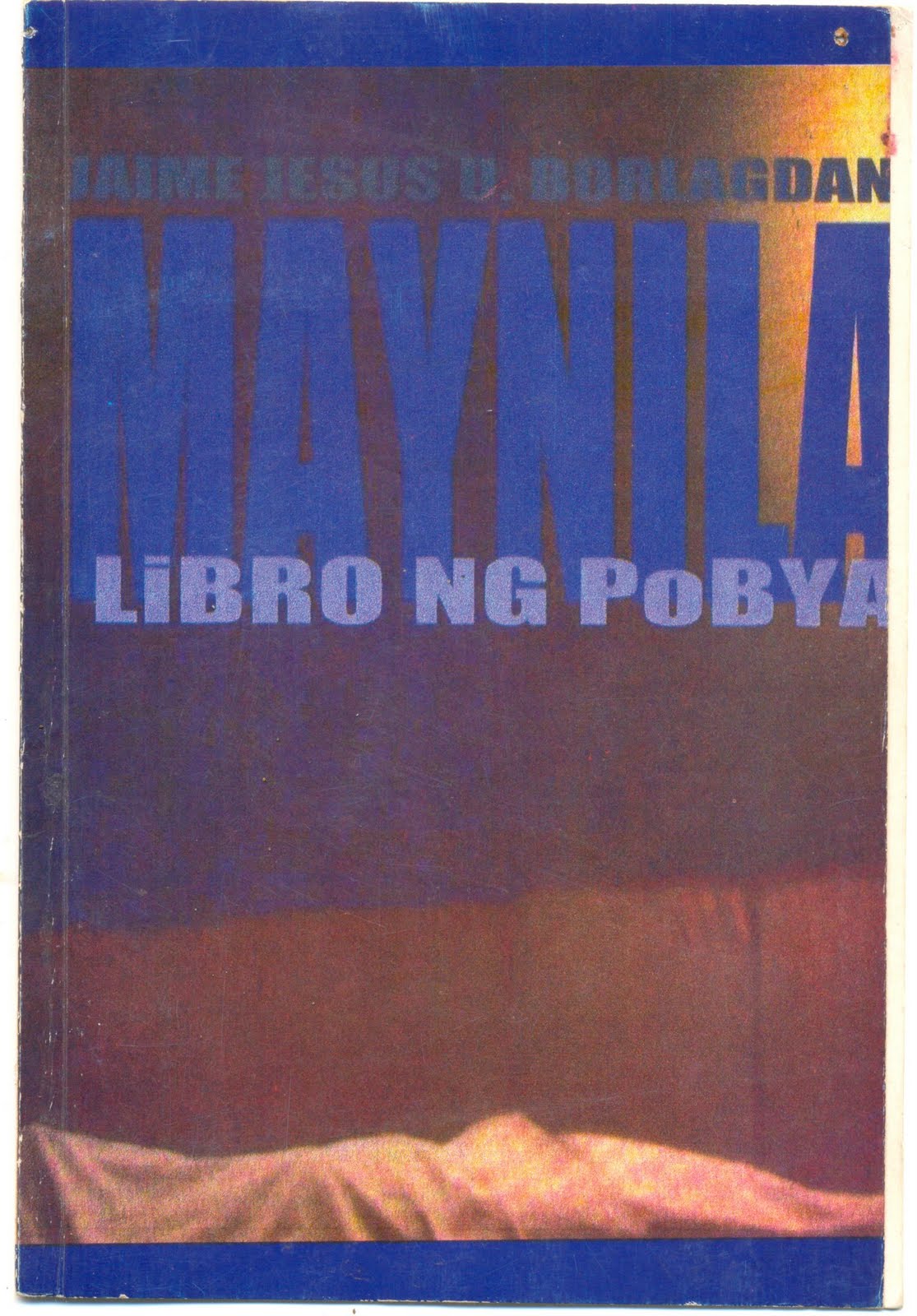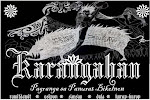"Mas muya ko nang gadanon kan Mayon, kaysa magadan sa gutom (sa evacuation center)"

Sikat ka na naman mader. Dawa gurang na, may nakakatino pa man palan. Asi tanawa sa pamitsan mo, mga nagtatangad saimong mga taga-Manila, bako bakasyunista ha, mga showbis reporters. Dangog ko igwa pang mga forengers. Ano na naman ginibo mo, mader ta sikat-sikat ka naman? Muya mo pang takluban su kaso kan Ampatuan.
Biyong pinawarara kami sa samuyang bukid na ika man sana nagpataba, sa mga pananom ming ika man sana nagpadaba, nagparambong. Makaulok ano? Sinda pa an nagtali-talian, sindang pigsusukol an gayon mo sa harayo kaysa samuyang pirmi kang kadurog.
Nata nadudurat sinda? Garo man su dai ninda aram na arog ka talaga kaan.Para pinahiling mo kun ano an nasa laog mo. Ano pa man an bâgo? Kalayo, gapo, dugi? Kan rinaodas mo su Cagsawa, ikang maimunon na batala, bakong pinahiling mo sana kun sisay an diyos, na ika sana an permanente, na ika sana an dai kayang tanyugon, na an kongreto o lansang na pag-uswag kaya mong buraon na arog sana kaan? Ngonian, na oosnan mo na naman an samuyang kadagaan, kisay sala na iturukdok ninda an saindang mga nagsisirilyab na syudad sa palibot mo? Ika an nakakaaram kan saimong solar, gibuha an saimong muya.
Yaon kami digdi mala saimo, ina mi. Inagda mo kami sa kuna kan saimong katabaan, kaya kami nagrambong na arog kaini. Kan inako kan samuyang kamagurangan an yaman, inako naman ninda an buhi mong libog na daing pigsasanto an orgasmo. Arog ngonian, manunugâ ka kun sisay ka, ibabalangibo mo sa bilog na rona an malatom na bandera kan saimong ubod,kan saimong ugali. Sa saimong pagkikig, sa saimong pag-utnga, sa pagdalnay kan nagraraba-raba mong matris, bânuha an samuyang kadagaan na linaspag kan malipot ming mga aparato, pilaâ an samong banwaan na binuruhang kan mga diyos na tawo.









1 comments:
which is this language?
http://www.joke2smile.blogspot.com/
Post a Comment